Home>Gardening & Outdoor>Landscaping Ideas>Why Is My Dwarf Hair Grass Turning Brown


Landscaping Ideas
Why Is My Dwarf Hair Grass Turning Brown
Modified: October 19, 2024
Learn how to prevent and fix brown dwarf hair grass in your landscaping with our expert landscaping ideas and tips. Keep your yard looking vibrant and healthy!
(Many of the links in this article redirect to a specific reviewed product. Your purchase of these products through affiliate links helps to generate commission for Storables.com, at no extra cost. Learn more)
**
Introduction
**
Dwarf hair grass, scientifically known as Eleocharis acicularis, is a popular and versatile aquatic plant that adds a touch of elegance to aquariums and aquatic landscapes. Its delicate, vibrant green blades sway gently in the water, creating a visually captivating effect. However, as an aquarium or landscaping enthusiast, you may encounter a disheartening sight – your once vibrant dwarf hair grass turning brown. This transformation can be perplexing and concerning, but fear not, as we delve into the various factors that could contribute to this issue and explore effective solutions to restore your dwarf hair grass to its former lush green glory. Understanding the intricacies of this fascinating plant and the potential causes of its discoloration is crucial for nurturing a thriving aquatic environment or a stunning landscape. Let's embark on a journey to unravel the mystery of why your beloved dwarf hair grass is turning brown.
**
Key Takeaways:
- Dwarf hair grass turns brown due to factors like poor lighting, nutrient deficiency, and algae overgrowth. By fixing these issues and maintaining water quality, you can restore its lush green color.
- To revive brown dwarf hair grass, upgrade lighting, add nutrients, control algae, manage pH, and maintain water quality. With care and patience, you can bring back its vibrant green beauty.
Understanding Dwarf Hair Grass
**
Dwarf hair grass is a perennial aquatic plant belonging to the Cyperaceae family. It is characterized by its slender, grass-like leaves, which can reach heights of up to 4 to 6 inches (10 to 15 cm) under optimal conditions. This plant is native to North America, where it thrives in marshes, bogs, and shallow water bodies, making it well-adapted to aquatic environments.
When incorporated into aquariums or landscaping designs, dwarf hair grass serves both aesthetic and functional purposes. Its dense, carpet-like growth pattern can create a lush, natural-looking bed in aquariums or along the edges of ponds and water features. Additionally, its oxygenating properties contribute to a healthy aquatic ecosystem by releasing oxygen during photosynthesis and absorbing harmful substances from the water.
It is essential to provide suitable conditions for dwarf hair grass to thrive. This includes maintaining a stable water temperature ranging from 68 to 82°F (20 to 28°C) and ensuring adequate lighting, preferably in the range of 2 to 3 watts per gallon for aquarium settings. Additionally, a nutrient-rich substrate and regular fertilization are crucial for promoting healthy growth.
Understanding the natural habitat and growth requirements of dwarf hair grass is fundamental to addressing issues such as browning. By gaining insights into the plant’s characteristics and needs, you can better identify potential stressors and implement targeted solutions to restore its vitality.
**
Common Causes of Brown Dwarf Hair Grass
**
The discoloration of dwarf hair grass can stem from various factors, ranging from environmental stressors to nutrient deficiencies. Identifying the specific cause is crucial for implementing effective remedies and preventing further deterioration. Here are some common culprits behind brown dwarf hair grass:
-
Inadequate Lighting: Insufficient or inconsistent lighting can hinder the photosynthetic process, leading to diminished chlorophyll production and eventual browning of the plant. Inadequate lighting is a common issue in aquariums and indoor landscaping setups, especially when using low-output or aging light fixtures.
-
Nutrient Deficiency: A lack of essential nutrients, such as iron, potassium, and nitrogen, can manifest as brown or yellowing patches on the leaves of dwarf hair grass. In aquatic environments, nutrient imbalances can arise from irregular fertilization or poor substrate quality, impacting the plant’s overall health.
-
Algae Overgrowth: Excessive algae growth can overshadow dwarf hair grass, depriving it of essential light and nutrients. This overshadowing effect can lead to weakened photosynthesis and the development of brown or decaying areas within the plant.
-
pH Imbalance: Fluctuations in water pH levels can disrupt nutrient uptake and metabolic processes in dwarf hair grass, resulting in stress-induced discoloration. Acidic or alkaline spikes in the water can impede the plant’s ability to maintain vibrant green foliage.
-
Poor Water Quality: Factors such as high ammonia or nitrate levels, stagnant water, or inadequate circulation can compromise the overall water quality, impacting the health of aquatic plants like dwarf hair grass. Suboptimal water conditions can contribute to browning and stunted growth.
By recognizing these potential triggers for brown dwarf hair grass, you can take proactive measures to address each underlying issue effectively. This understanding sets the stage for implementing targeted solutions that cater to the specific needs of the plant, promoting its recovery and revitalization.
**
Ensure that your dwarf hair grass is getting enough light, nutrients, and carbon dioxide. Consider adding a liquid fertilizer and supplementing with CO2 to promote healthy growth and prevent browning.
Solutions for Brown Dwarf Hair Grass
**
Addressing the discoloration of dwarf hair grass involves a multifaceted approach that targets the underlying causes while promoting overall plant health. By implementing the following solutions, you can effectively combat brown patches and restore the vibrancy of your dwarf hair grass:
-
Optimize Lighting: Assess the lighting conditions in your aquarium or landscaping setup and ensure that the dwarf hair grass receives adequate illumination. Consider upgrading to high-quality LED or fluorescent lights with appropriate intensity and spectrum for promoting healthy photosynthesis and chlorophyll production.
-
Nutrient Supplementation: Regularly supplement the aquatic environment with essential nutrients to address any deficiencies that may be affecting the dwarf hair grass. Utilize specialized aquarium plant fertilizers containing iron, potassium, and trace elements to support robust growth and vibrant green foliage.
-
Algae Control: Implement measures to control and prevent algae overgrowth, such as adjusting lighting duration, maintaining optimal water parameters, and introducing algae-eating aquatic species. By reducing algae competition, you can create a more favorable environment for the dwarf hair grass to thrive.
-
pH Management: Monitor and stabilize the water pH within the optimal range for dwarf hair grass, typically around 6.5 to 7.5. Utilize pH-adjusting solutions or natural buffers to counteract fluctuations and create a conducive environment for nutrient absorption and metabolic processes.
-
Water Quality Maintenance: Regularly test and maintain optimal water quality parameters, including ammonia, nitrate, and dissolved oxygen levels. Perform partial water changes and ensure adequate circulation to prevent stagnation, promoting a healthy aquatic ecosystem for the dwarf hair grass.
Furthermore, consider rejuvenating the substrate by incorporating nutrient-rich aquatic soil or root tabs to provide a conducive growth medium for the dwarf hair grass. Additionally, gentle trimming of discolored or damaged portions can stimulate new growth and rejuvenate the plant’s appearance.
By integrating these solutions into your maintenance routine and closely monitoring the plant’s response, you can effectively combat brown discoloration and foster the optimal conditions for your dwarf hair grass to thrive once more.
**
Conclusion
**
As an avid enthusiast of aquatic landscapes or a dedicated aquarium hobbyist, witnessing your beloved dwarf hair grass undergo a disheartening transformation to a brown hue can evoke concern and frustration. However, armed with a deeper understanding of this resilient plant and the potential factors contributing to its discoloration, you are empowered to take proactive measures to restore its vitality.
By delving into the intricate interplay of lighting, nutrients, water quality, and environmental balance, you can address the common causes of brown dwarf hair grass and implement targeted solutions to rejuvenate its lush green appearance. From optimizing lighting and nutrient supplementation to managing algae growth and maintaining water quality, each proactive step contributes to creating an optimal habitat for the thriving growth of dwarf hair grass.
Embracing a holistic approach to plant care, which encompasses not only remedying the visible symptoms but also nurturing the overall health and equilibrium of the aquatic environment, is essential for long-term success. By cultivating a harmonious ecosystem that caters to the specific needs of dwarf hair grass, you can relish in the resplendent beauty of this versatile plant and create a captivating aquatic tableau or a breathtaking landscape.
As you embark on this journey of plant care and environmental stewardship, remember that each challenge presents an opportunity for learning and growth. Through attentive observation, thoughtful intervention, and a touch of patience, you can witness the remarkable resilience of dwarf hair grass as it revitalizes and flourishes under your dedicated care.
So, fear not when faced with the perplexing sight of brown dwarf hair grass, for within your hands lies the power to nurture, restore, and behold the enduring beauty of this remarkable aquatic plant.
Frequently Asked Questions about Why Is My Dwarf Hair Grass Turning Brown
Was this page helpful?
At Storables.com, we guarantee accurate and reliable information. Our content, validated by Expert Board Contributors, is crafted following stringent Editorial Policies. We're committed to providing you with well-researched, expert-backed insights for all your informational needs.
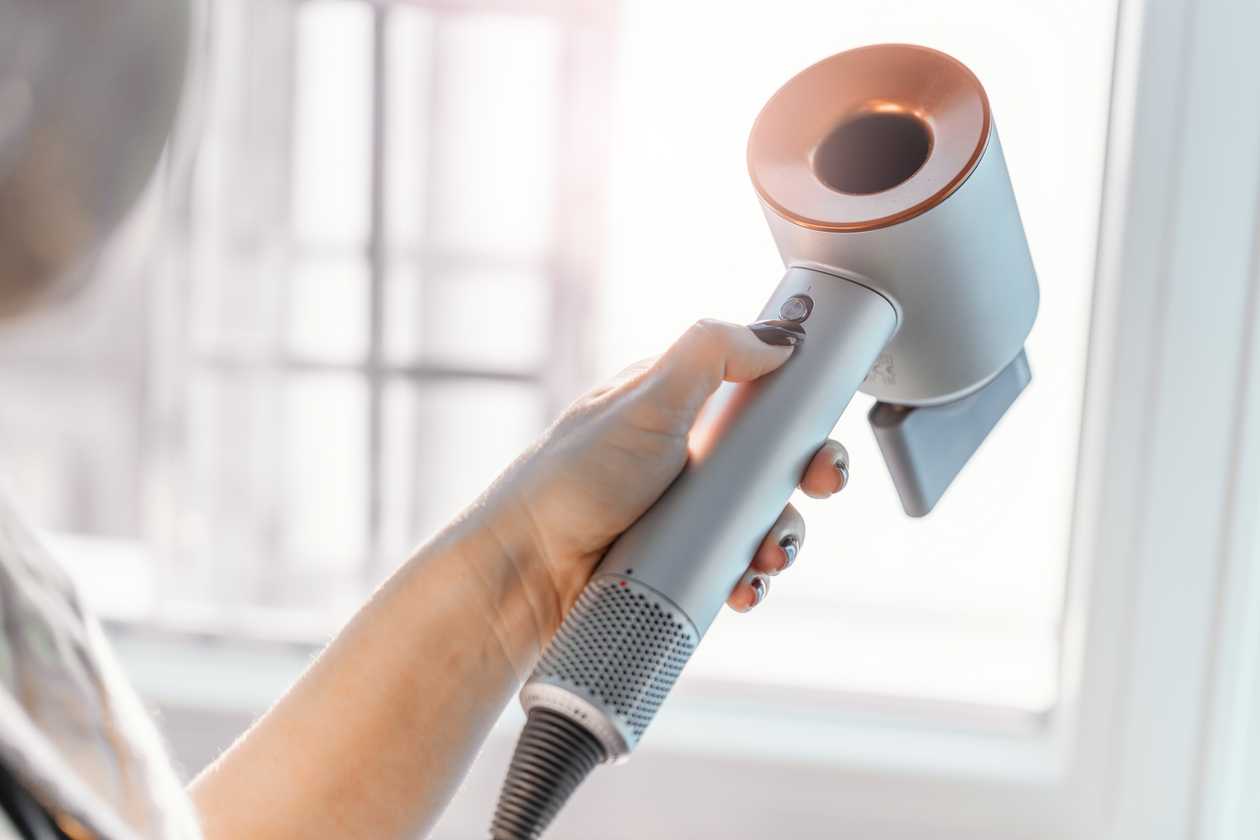
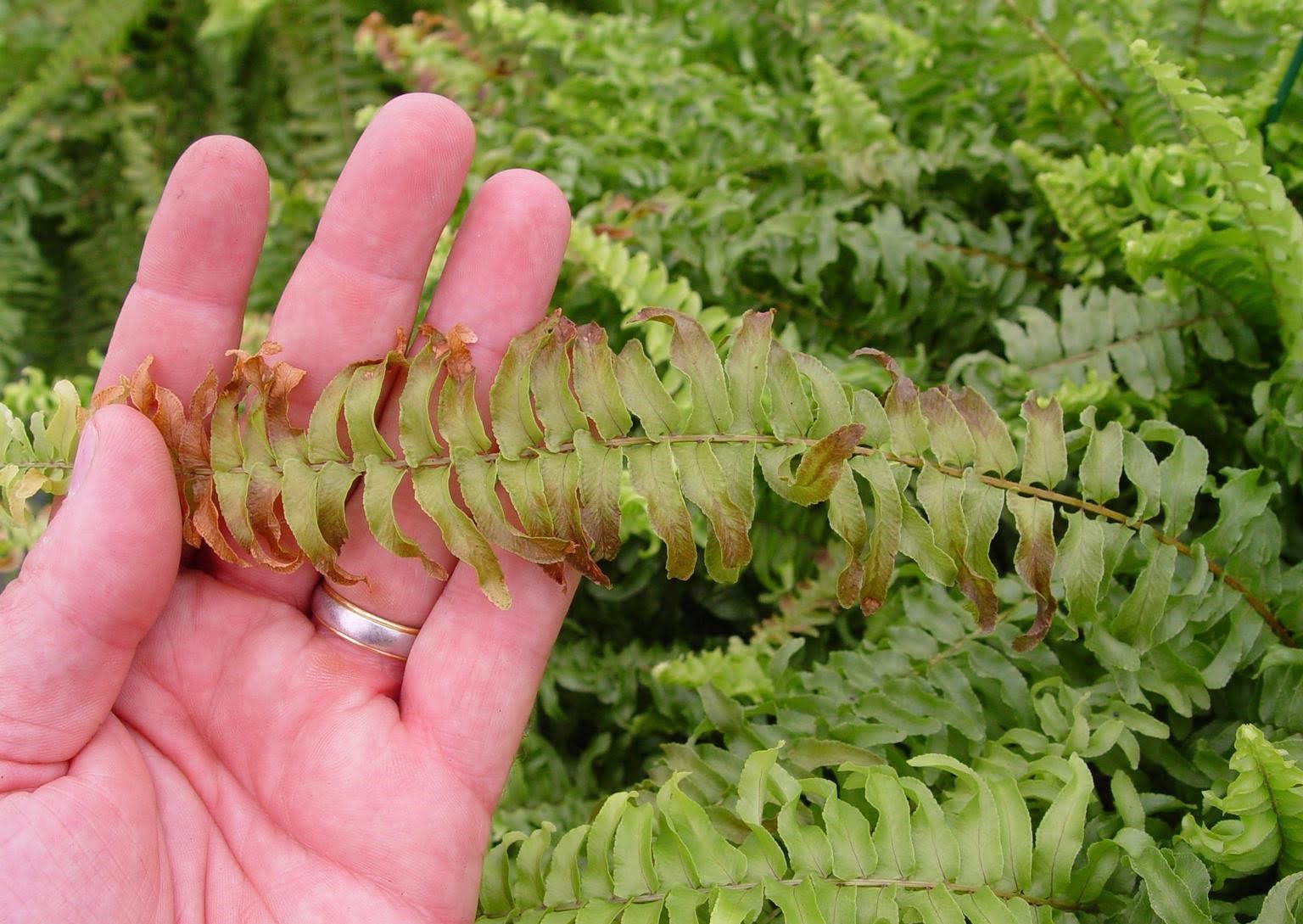
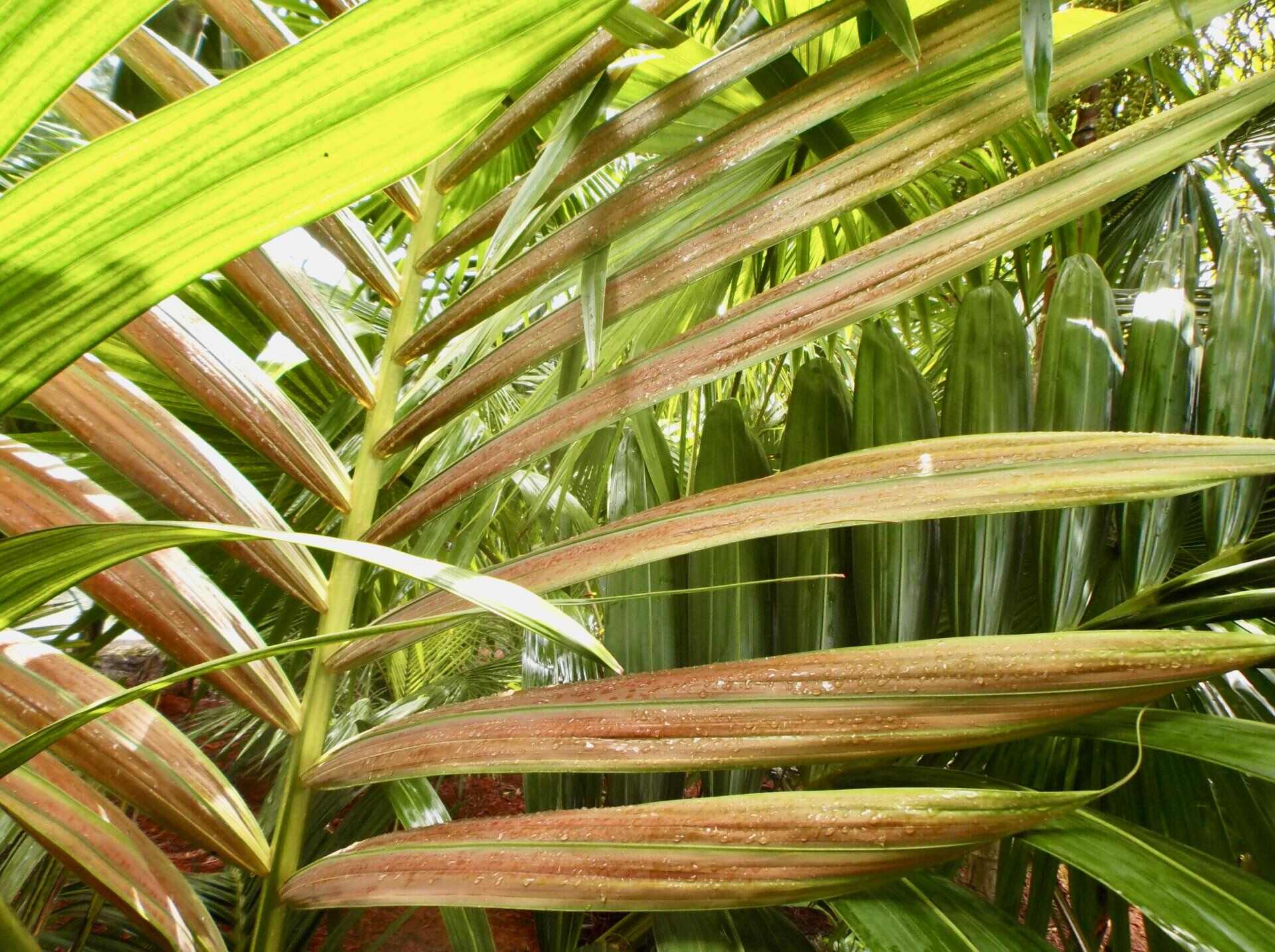
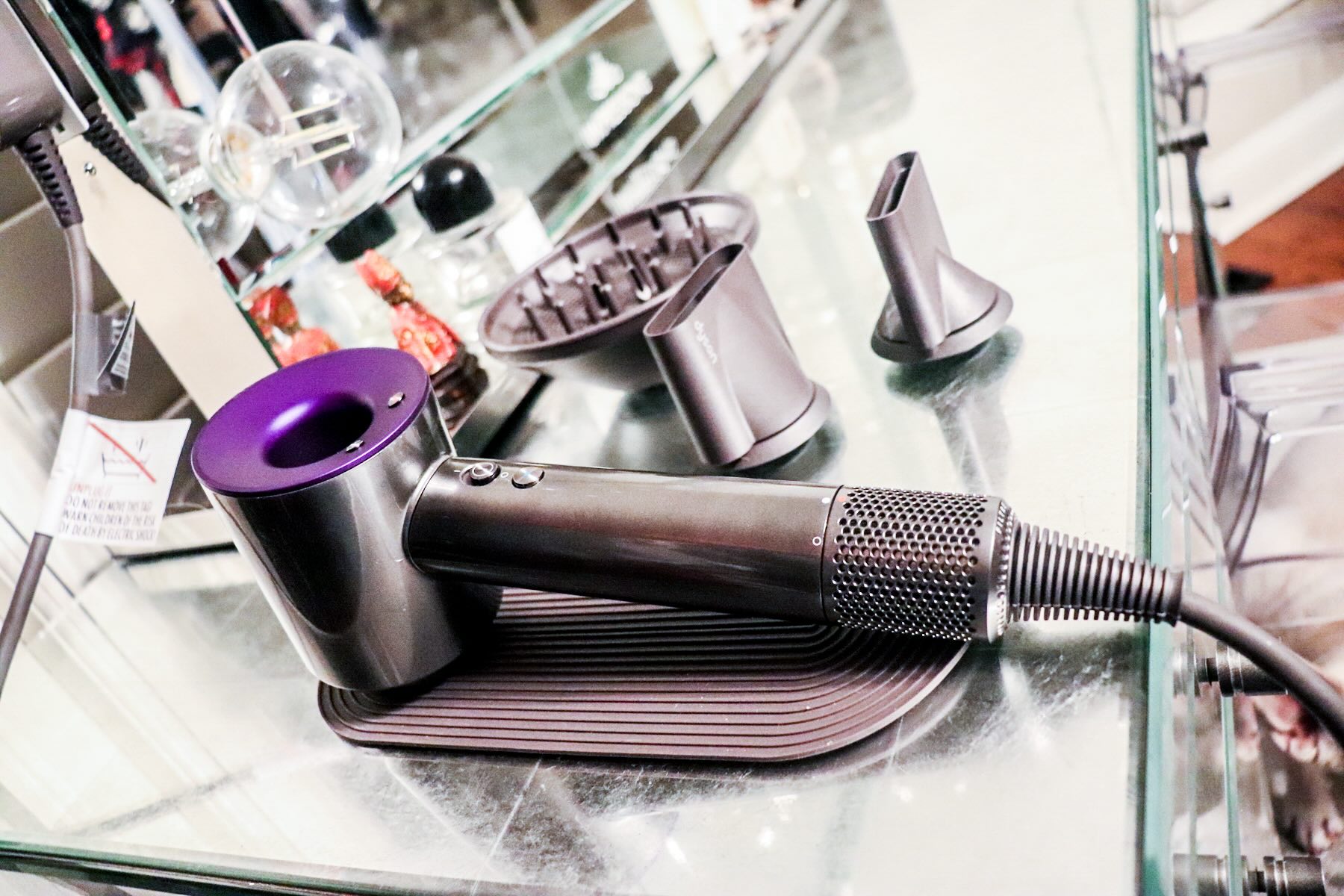
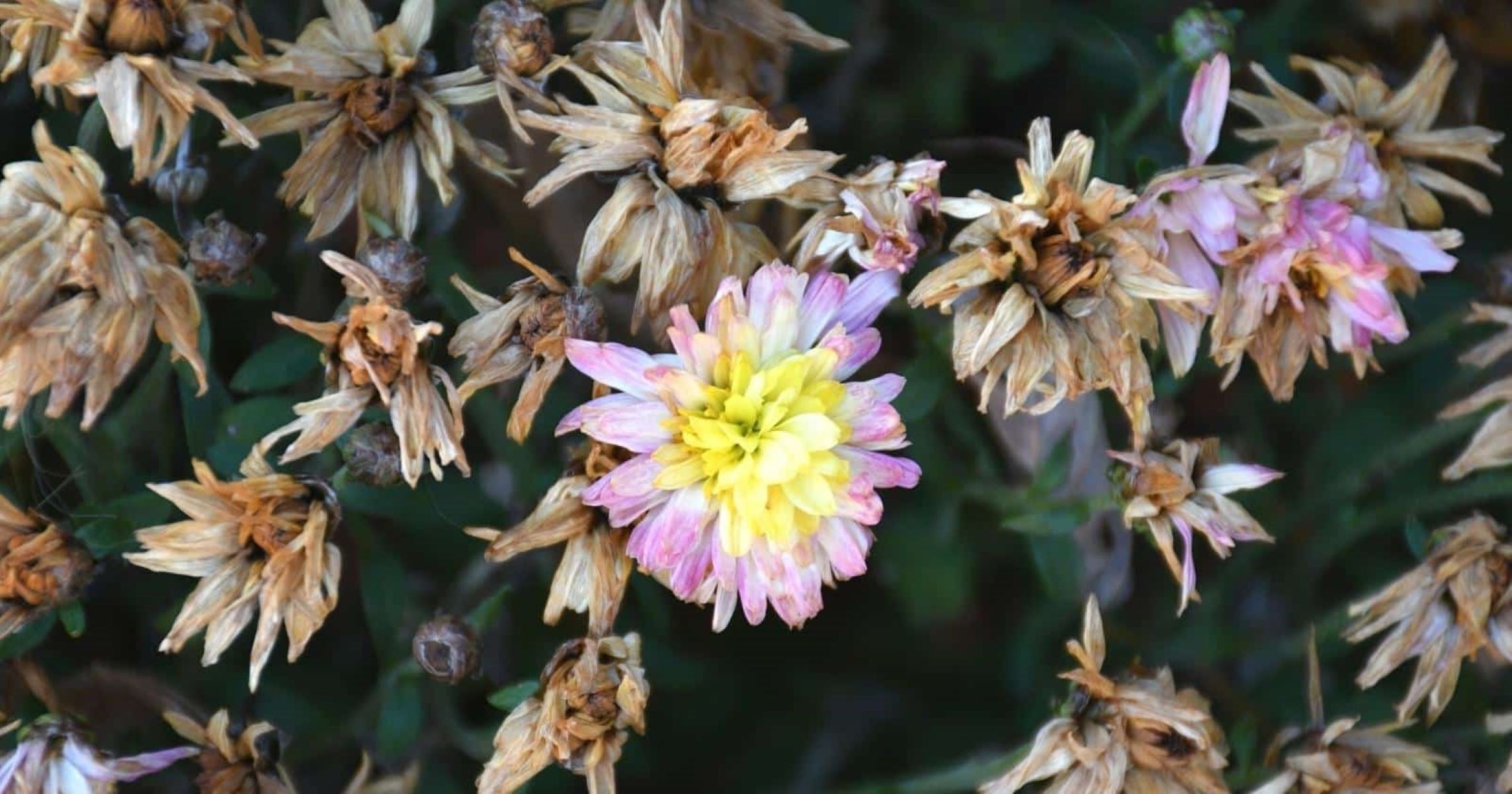
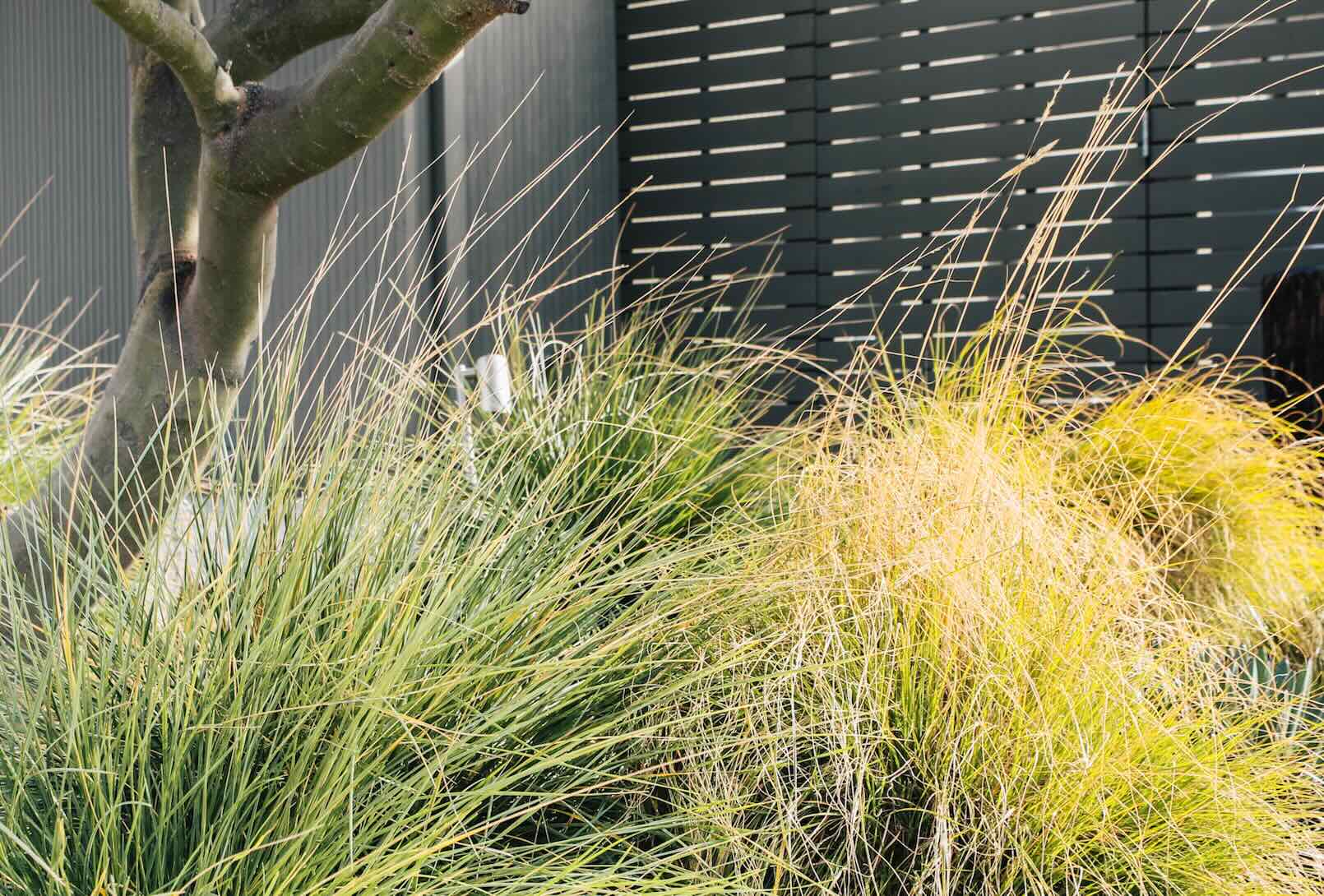
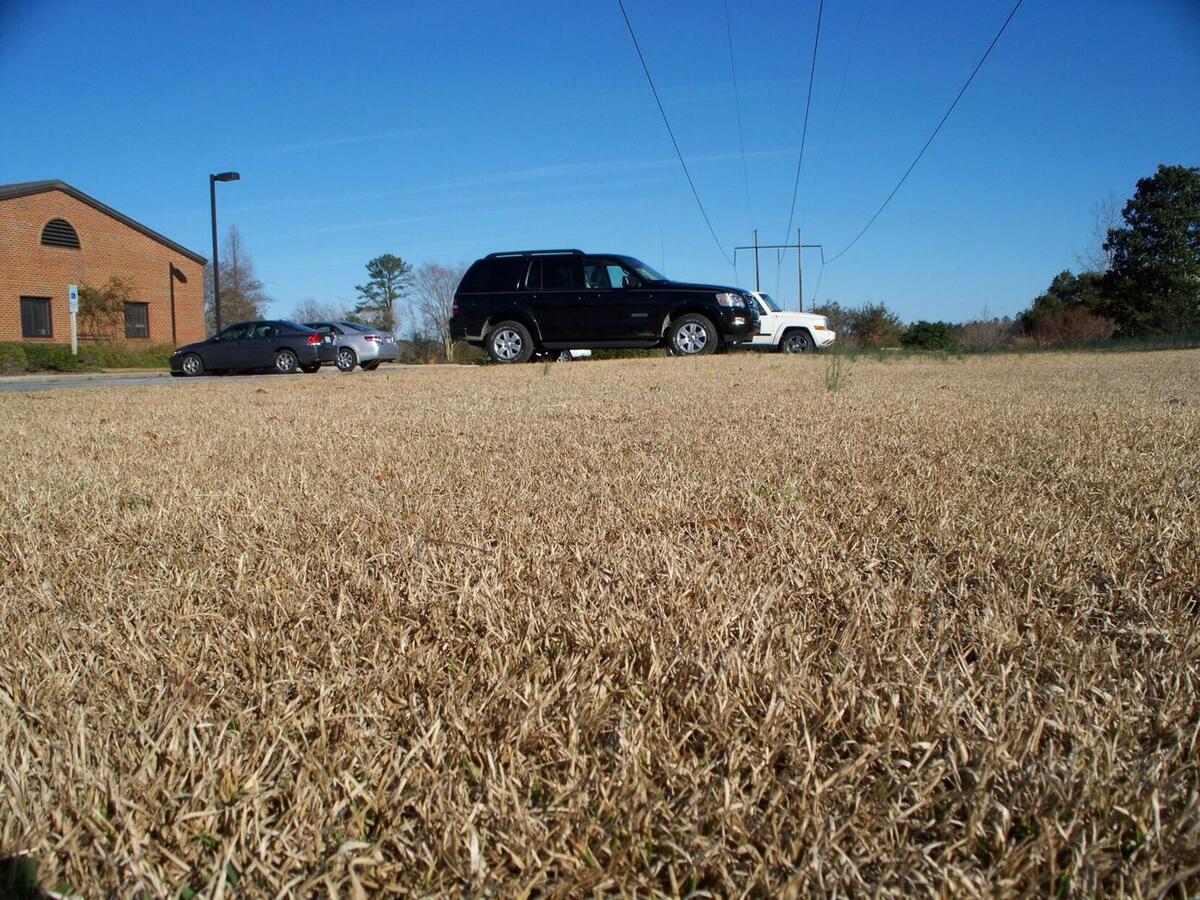
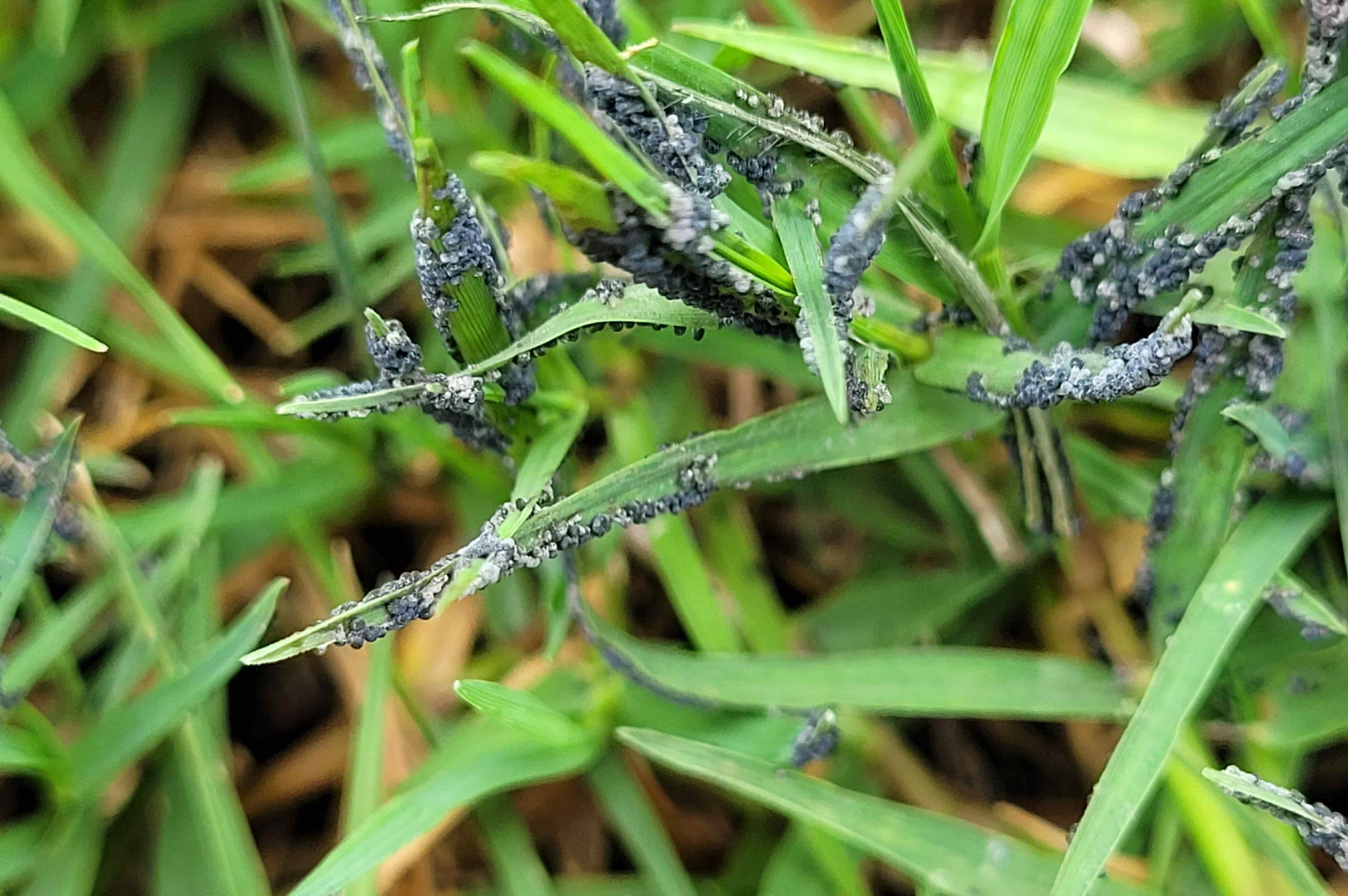
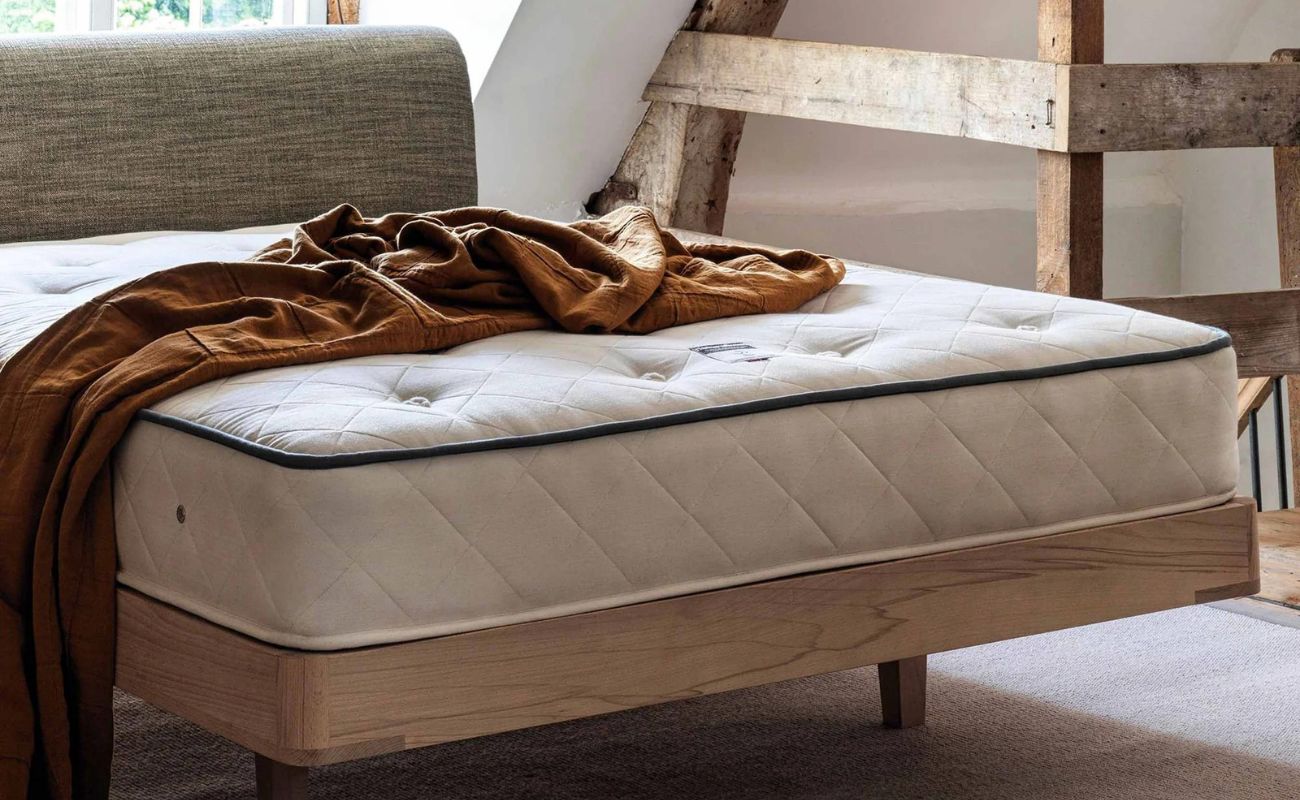
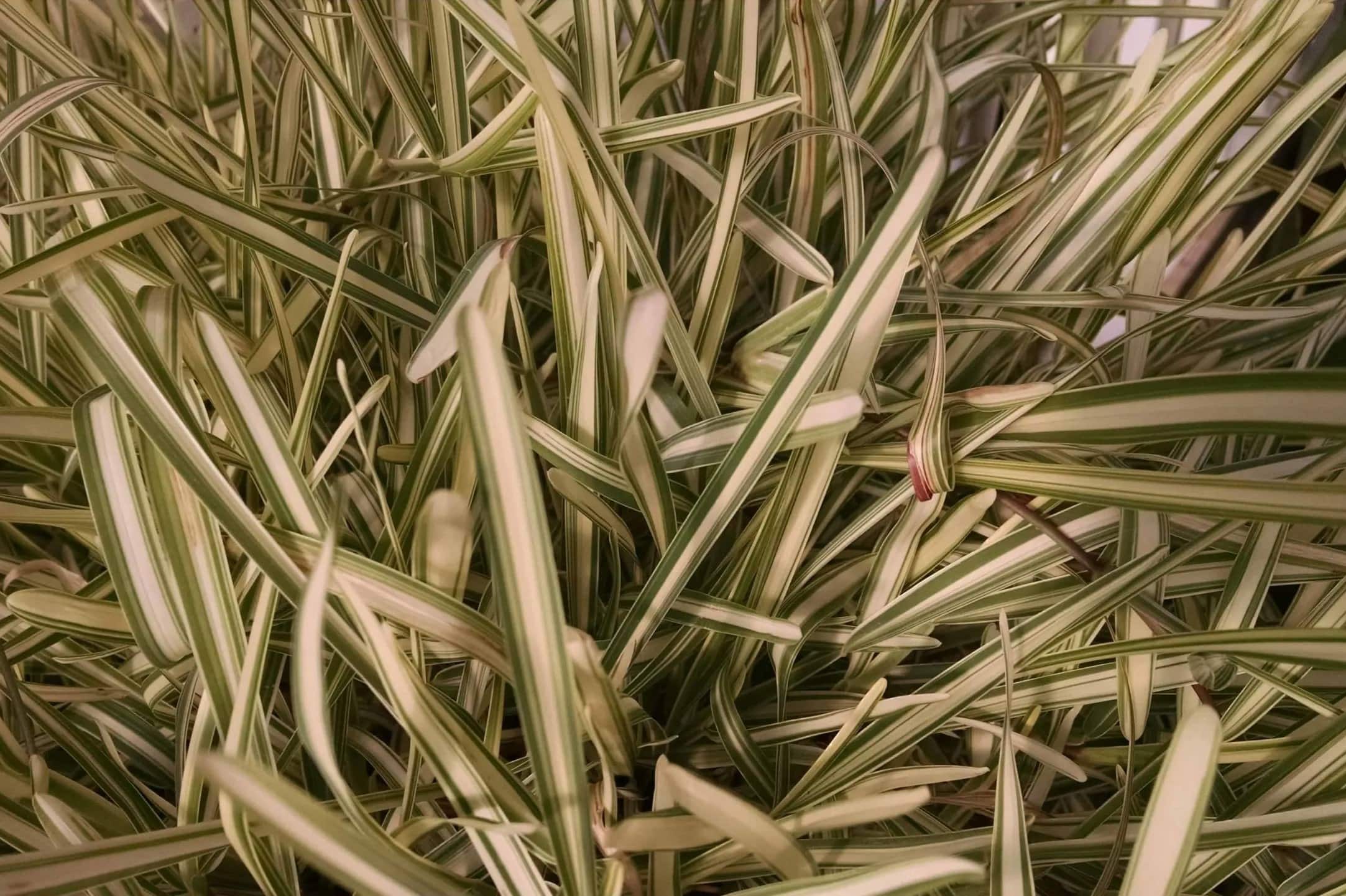
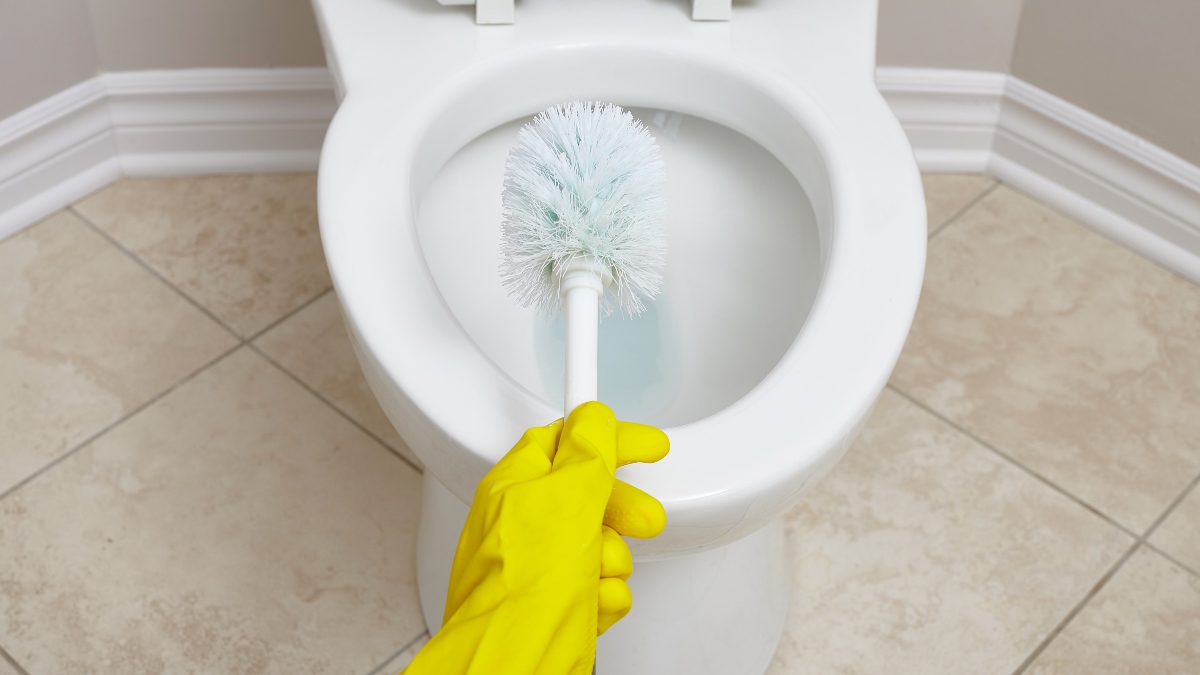
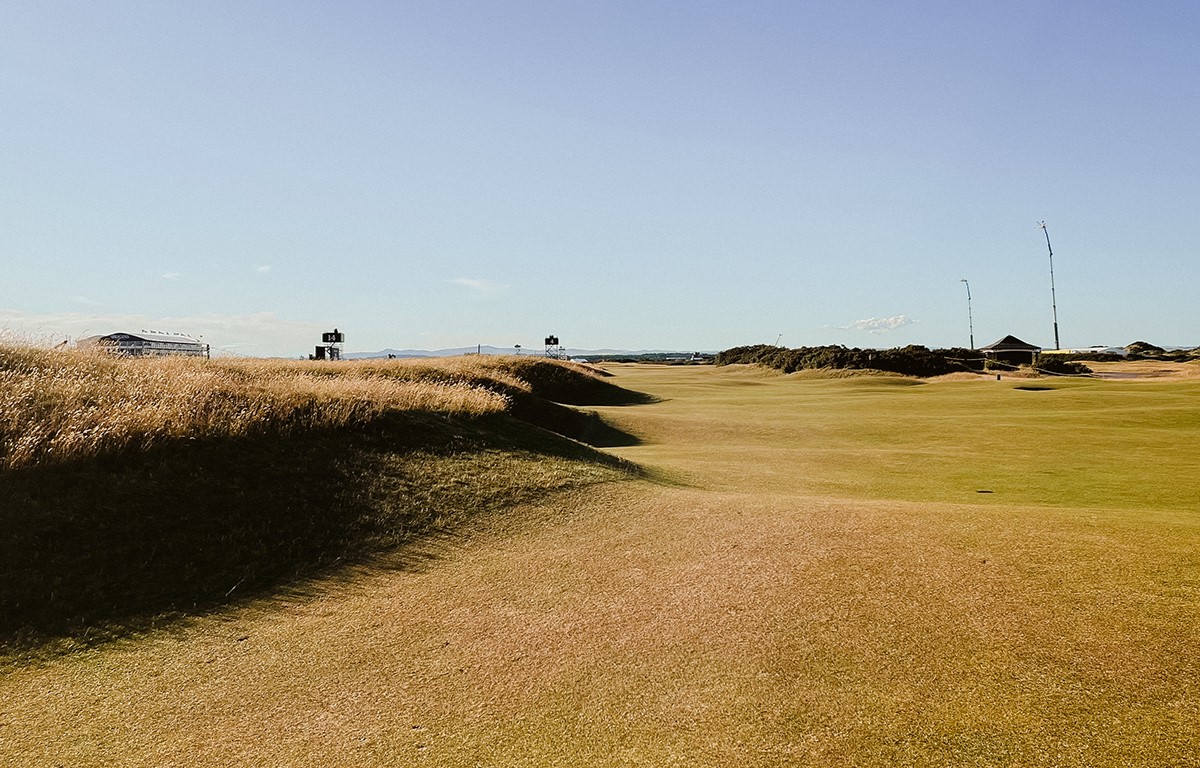
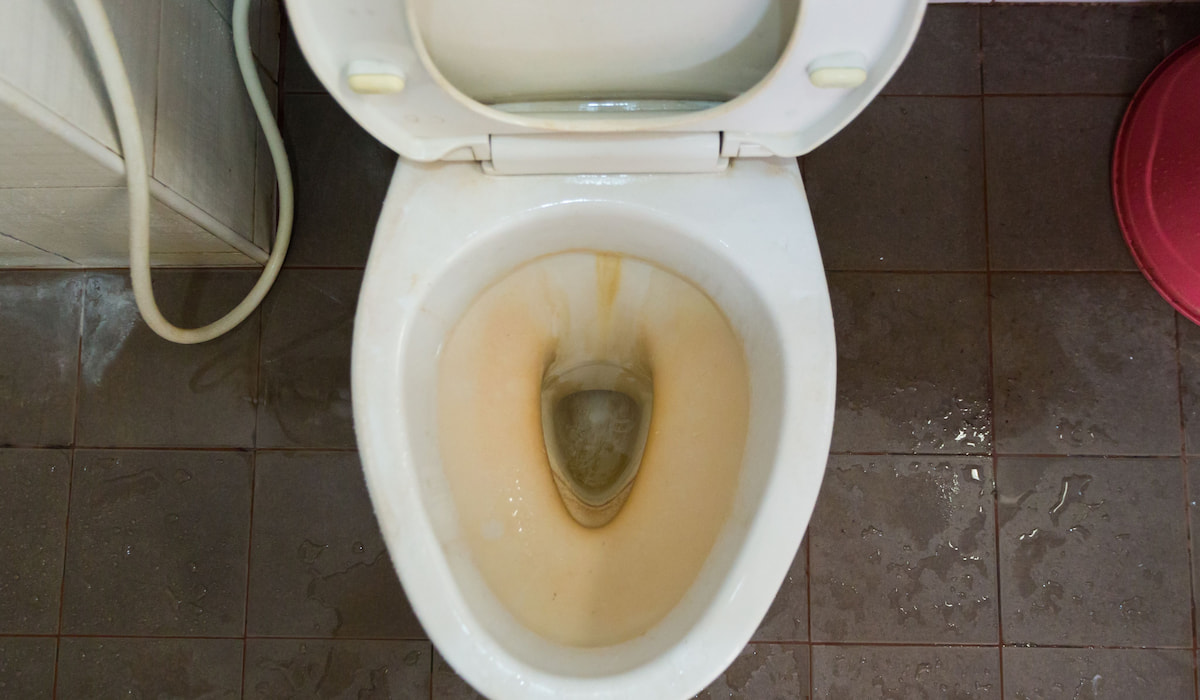
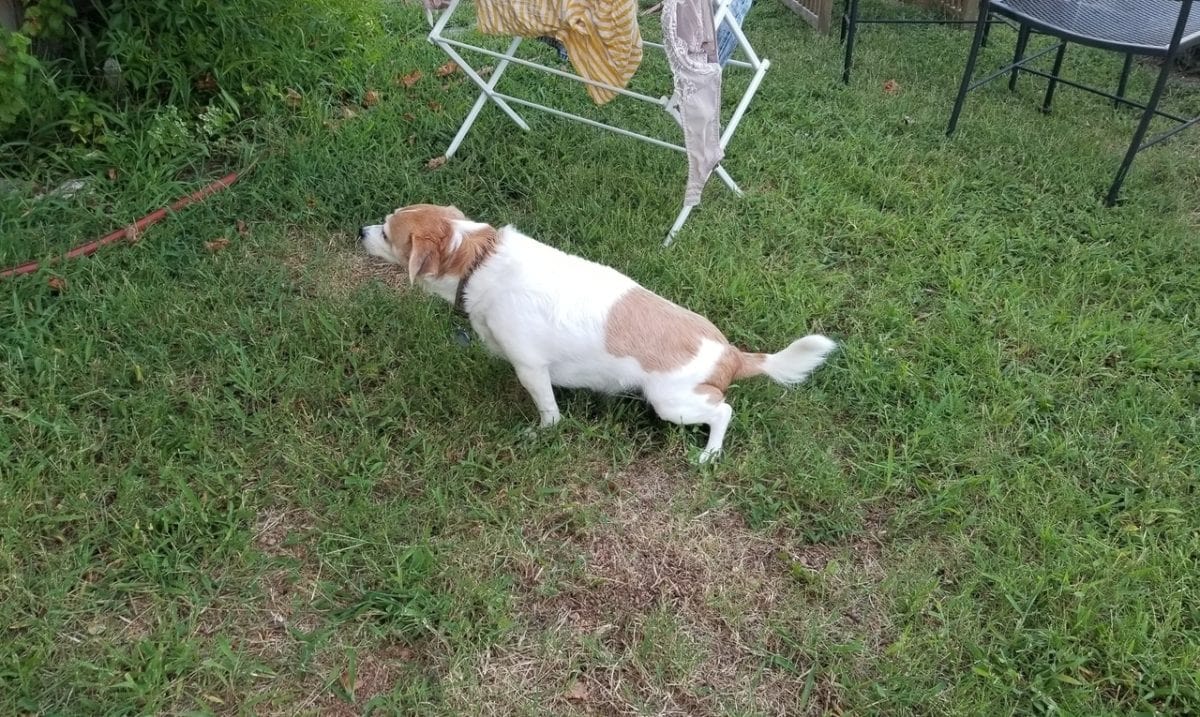
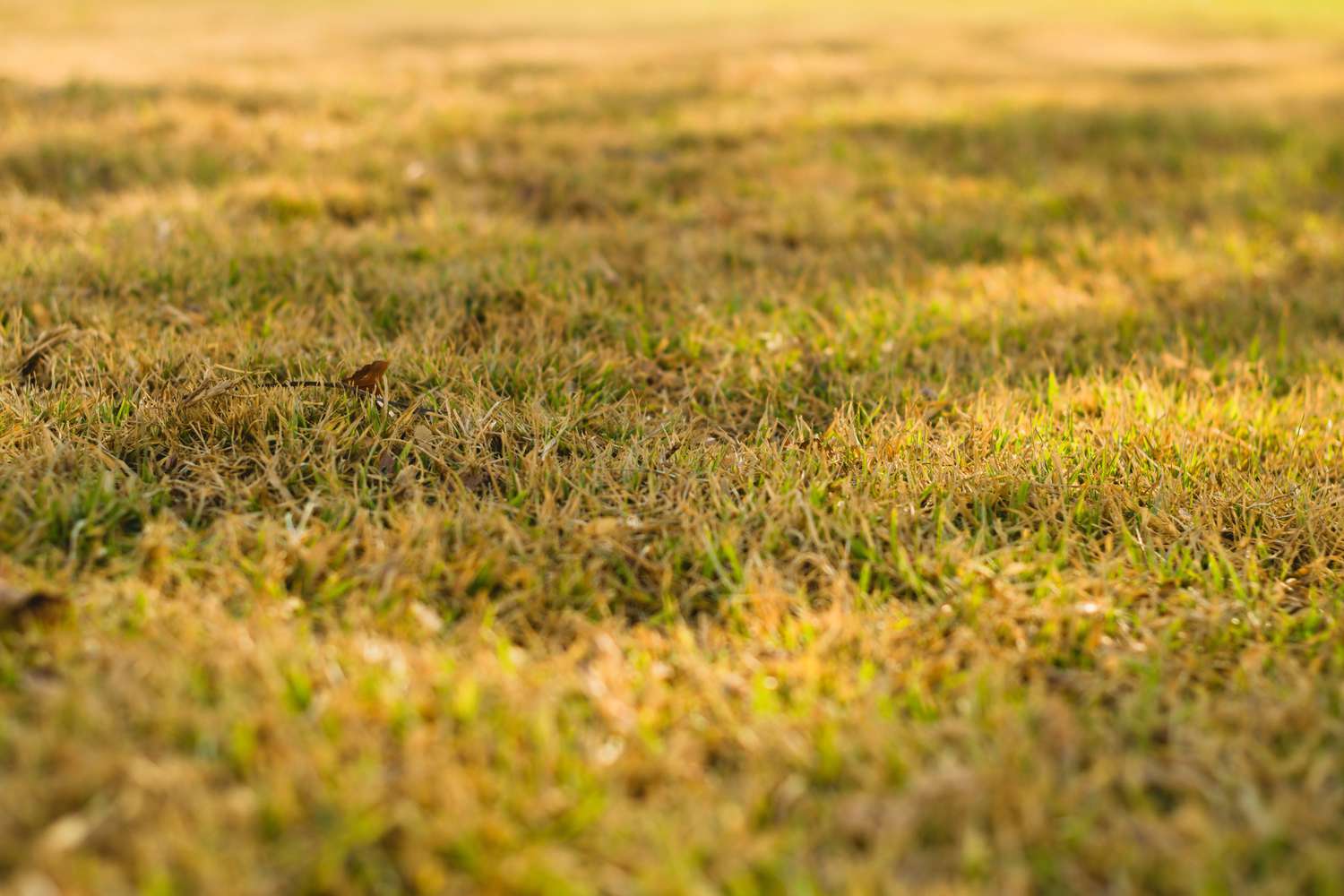

0 thoughts on “Why Is My Dwarf Hair Grass Turning Brown”